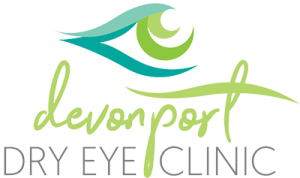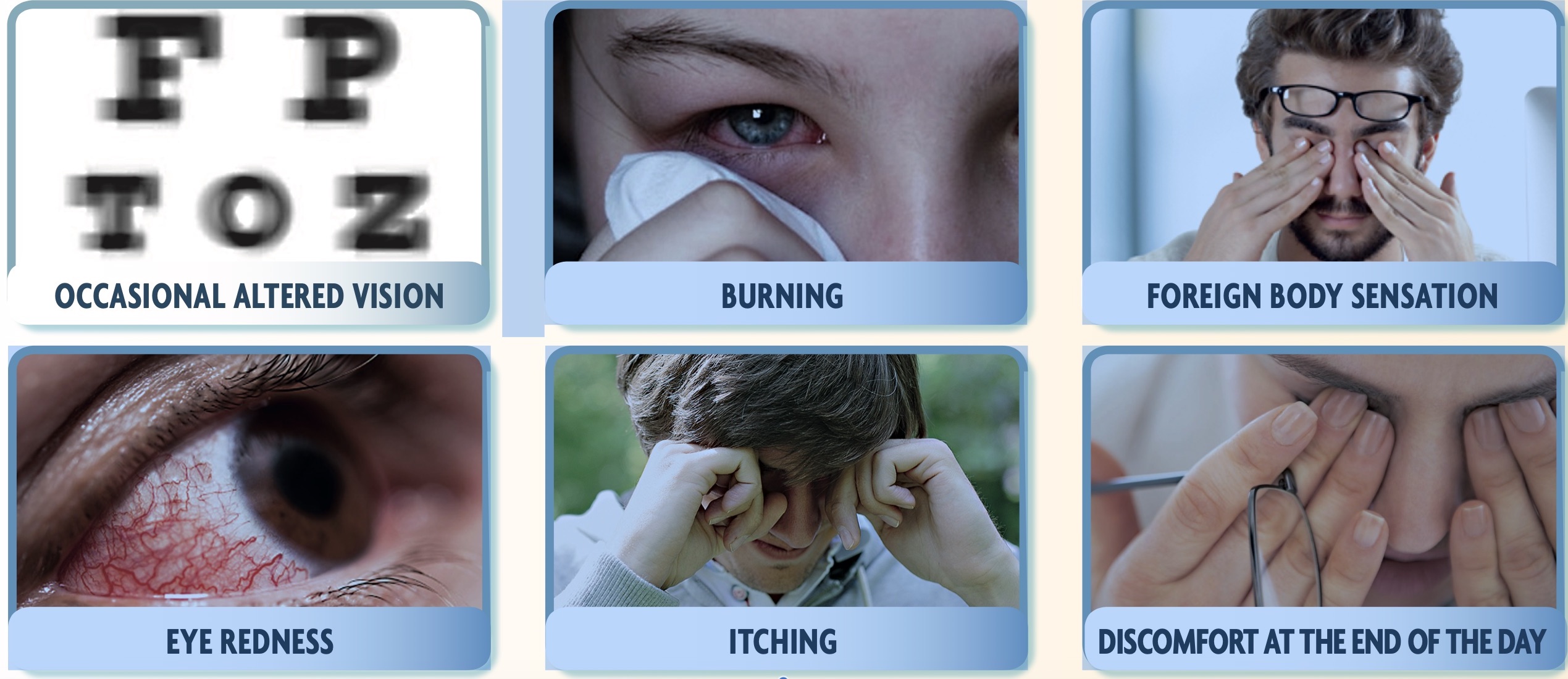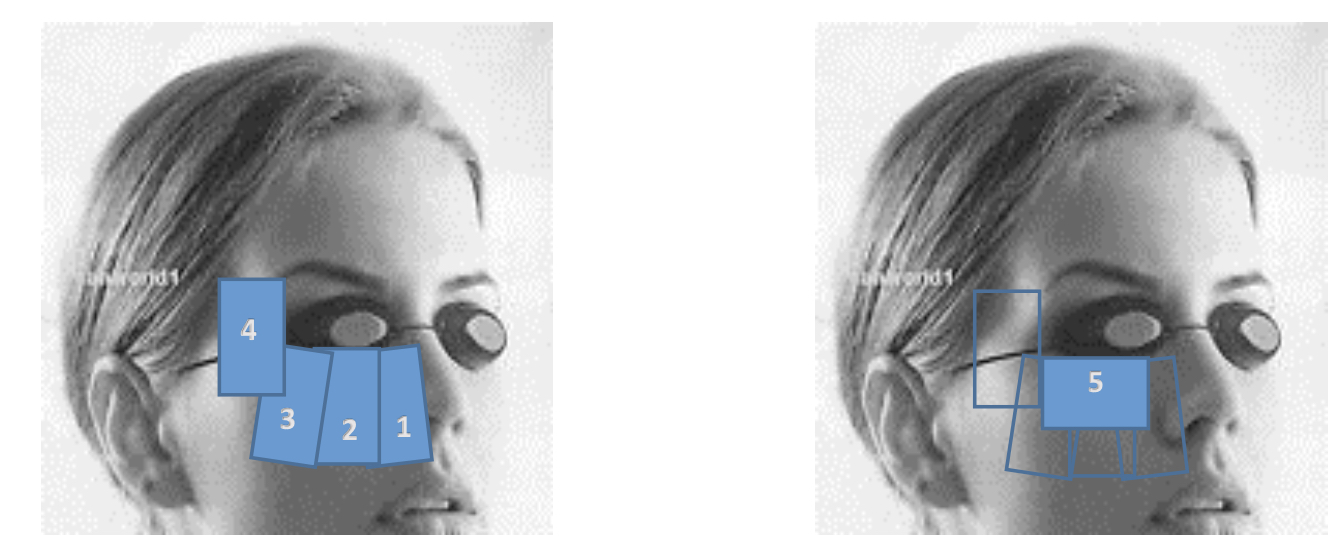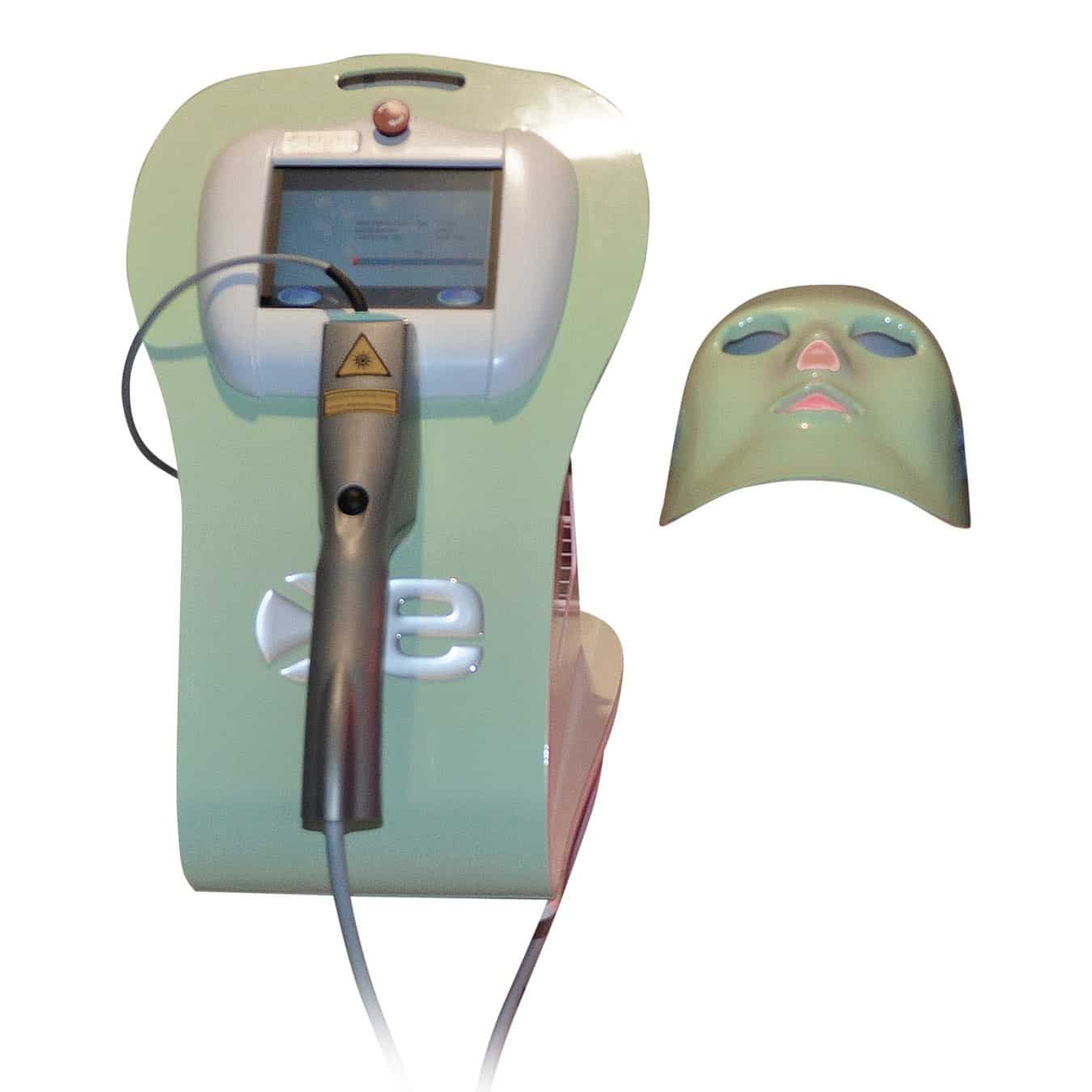
Devonport Dry Eye Clinic
The Devonport Dry Eye Clinic operates from
Don Medical Clinic
Shop 7/48-54 Oldaker Street, Devonport, Tas, 7310
P: 03 6441 5299. (9.00am to 5.00pm Monday to Friday)
Facebook: facebook.com/devonportdryeye/
Hours: Monday, Tuesday, Wednesday- 9.00am to 3.00pm. (other times by appointment).
Dry Eye Questionaire - complete this simple quesionaire to see if you have dry eye syndrome.
IMPORTANT COVID 19 NOTICE
We welcome all past patients and all new patients looking for ways to manage their dry, sore, gritty or watery eyes. Please do not present to the clinic if you have any cold and flu like symptoms.
Who we are:
The Devonport Dry Eye Clinic is a dedicated Optometry clinic set up to assess, treat and manage Dry Eye Disease including "watery eyes", Blepharitis and Meibomium Gland Disease (MGD). We are a clinical Optometry clinic (No Spectacle or Contact lens sales are provided at through this clinic)
The Principal Optometrist - Ian Abraham-(B App Sc (Optom)) consults here and has over 38 years clinical experience in Optometry and has been living and working in Devonport since July 1990. Ian's interests are in clinical optometry, Dry eye disease and treatments to name a few. We have invested in specialised equipment to treat this very common disease.
We welcome patients referred by their Optometrist or GP, or patients can make an appointment directly without a referral. Treatments do not attract a Medicare Rebate, but some of the consultation fees will be eligible for a Medicare Rebate. A referral by your usual Optometrist for dry eye management for your initial consultation, will attract a one off Higher Medicare rebate.
An initial Dry Eye Assessment will take about 1 hour and involve questions around your symptoms and how they are affecting you in your day to day activities. We then perform an assessment with detailed imaging of your eyelids and tear film to determine baseline readings. Following this we work on recommendations and a plan of management and treatment. Our clinic offers several services including Dry Eye assessment, management and treatment, Blepharitis Treatment and management and IPL (intense Pulse Light) Treatment for advanced longer term management of dry eye disease to name a few.
Bookings for assessment and discussion of condition can be made by clicking on this link
Devonport Dry Eye Clinic- Book Appointment
Or you can call Don Medical Clinic on 03 6441 5299 or send through a question by email: seewell@donmedical.com.au
Do you have the following symptoms? If you do, you most likely have "Dry Eye Disease":
- Dry, Gritty or irritated eyes
- Watery eyes
- Itchy eyes
- Crusty Eyelids
- Red eyes
- intermittent blur that changes when you blink
- this link asks a few questions about your symptoms. Dry Eye Questionaire

What is Dry Eye Disease?
In a healthy eye, tears are responsible for the perfectly smooth ocular surface which allows clear vision. Tears also clean and lubricate the eye. Everytime we blink, a fresh layer of tears (tear film) spreads over the eye surface.
The tear film is important for keeping the eye moist. If the eye stops producing enough tears OR tears evaporate too quickly, this can cause dry, gritty and irritated eyes. This is dry eye disease. Dry eye disease is a chronic condition. At this stage we cannot cure it. We can work on ways to allow you to manage this condition better and reduce the discomfort and inconvenience it often causes.
The most common cause of Dry eyes is what is known as "Meibomian Gland Dysfunction" (MGD). MGD is responsible for approximately 80% of all dry eye problems. Meibomian glands secrete oil from in the eyelids. This oil is one of the components of a good tear film and this stabilises the tear film to keep the surface moist and is responsible for reducing dehydration of the tear film. This oil over time can become thick, cloudy and gluggy so then doesn't secrete properly causing the glands to become blocked.
Blepharitis is a condition of the eye lid margins. It is often due to inflammation or infection and results in gritty, crusty debris on the eyelid margins and eyelashes. It can also be caused by Demodex Mites in the lid glands. If present, Blepharitis is also a leading cause of Dry Eye Disease. This can be managed with appropriate treatment.
What is Meibomian Gland Dysfunction (MGD)?
MGD is one of the main causes of dry eyes. It is caused by the blockage of the meibomian glands inside the eyelids. The function of meibomian glands is to produce a smooth layer of oil on the surface of your tears to prevent quick evaporation. However, with the oil glands being blocked, it results in unstable tears and quick evaporation, hence dry eyes. The problem with MGD is that it is not reversible. Once the glands become atrophic (death of the glands) there is no way for the oil glands to grow back and restore to its 100% function.MGD is one of the main causes of dry eyes. It is caused by the blockage of the meibomian glands inside the eyelids. The function of meibomian glands is to produce a smooth layer of oil on the surface of your tears to prevent quick evaporation. However, with the oil glands being blocked, it results in unstable tears and quick evaporation, hence dry eyes. The problem with MGD is that it is not reversible. Once the glands become atrophic (death of the glands) there is no way for the oil glands to grow back and restore to its 100% function.

Blepharitis is a condition of the eye lid margins. It is often due to inflammation or infection and results in gritty, crusty debris on the eyelid margins. It can also be caused by Demodex Mites in the lid glands. If present, Blepharitis is also a leading cause of Dry eye disease. This can be managed with an appropriate treatment regime.
Dry eye disease and Blepharitis are mostly chronic conditions, but they can be managed effectively in most cases, and newer treatments have been shown to decrease the daily managment of the condition. We offer the following services
- Dry Eye assessment and management
- Meibography -Infrared Imaging of the Meibomian Glands (Assessment used for correctly diagnosing and monitoring Dry Eye Treatment)
- Meibomian Gland Disease (MGD) Management
- Meibomian Gland Expression
- Blepharitis management and treatment (Eyelid disease)
- Eyedrop recommendations and sales
- Eyelight IPL (Intense Pulse Light) - Treatment for Moderate to severe dry eye problems
- Corneal topography (assessment of corneal shape)
- Foreign Body Removal
- Red Eye management
- Diabetic Eye Examinations
- Digital retinal Phortography
- General Eye Health Examinations.
IPL (Intense Pulse Light) is a newer treatment to assist in the management of Meibomian Gland Dysfunction (MGD). It can be an effective dry eye treatment which uses a flash lamp that pulsates a high intensity light at selected wavelengths on the treated skin area around the eyelids and upper cheek area. It is a technology that has been used in dermatology for a few decades. In 2002, Dr Rolando Toyo discovered the benefit of IPL in treating dry eyes whilst treating his patients who suffers from rosacea. Subsequently, Toyo has developed the protocol of treating dry eyes with IPL. Our clinic uses the Eyelight IPL and LLLT Mask Treatment system.

IPL has been found found to help reduce inflammation in the eyelids and stimulate the production of the oils in the meibomian glands, which will produce a much more stable tear film. The goal of treatment is to see an improvement of dry eye symptoms and prevent further atrophy of the meibomian glands.
HOW MANY SESSIONS OF IPL IS REQUIRED?
Generally, four sessions are usually required. Occasionally, a fifth session is required depending on the severity of your dry eyes.
For most effective treatment outcomes, we recommend the following treatment plan.
Day 1: First IPL treatment session
Day 14: Second IPL treatment session
Day 28: Third IPL treatment session
Day 42: Fourth IPL treatment session
Day 120: Dry Eye Review/ 5th IPL
A fith Treatment is recommeded at between 3- 6 months following the 4th
Annual: We then recommend regular reviews (3 to 6 monthly) and 6 monthly IPL Treatment to maintain and manage the condition.
HOW EFFECTIVE IS IPL?
According to recent scientific studies, 86% of patients reported that they noticed an improvement in their dry eye symptoms after the third session of IPL. Most people after the fourth treatment, you will get dry eye relief for about six months, (sometimes up to 24 months). It is recommended after the inital treatment that you have a six monthly one off session to continue the management depending on the severity of your MGD.

IS IPL SAFE?
Yes, IPL is very safe. The technology we use is Eyelight OPE and it has TGA registration in Australia as a medical grade IPL, and it has Medical CE certification in Europe.
Our IPL uses the red wavelength of light at 600nm, which is perfectly safe for your skin. IPL has been used in dermatology for several decades and usually the light intensity level used in a dermatology setting is double of what we use in dry eye treatments.
Furthermore, an eye shield will be used over your closed eye during the treatment. No flashes of light will directly be exposed to the eye
ARE THERE ANY CONTRAINDICATIONS FOR IPL?
Unfortunately, like all procedures, there are some contraindications. Below is a list of the most common contraindications.
- Very Dark Skin Phototype (Type VI: Very Dark/Black Skin)
- Pregnancy
- Epilepsy
- Disease that are stimulated by light (e.g. Lupus)
- Uses of Doxycycline
- Any supplements that promotes tanning
- Recent (10 days) of high intense UV exposure (e.g. sunbed or tanning)
- Recent (1 month) facial sunburn
- Keloid scarring on/beneath the eyelids
- Tattoo or Permanent make up on the area of treatment
- Birthmarks on the area of treatment
- Artificial tanning on the face
If you have any concerns, please do not hesitate to talk to our optometrist prior to treatment.